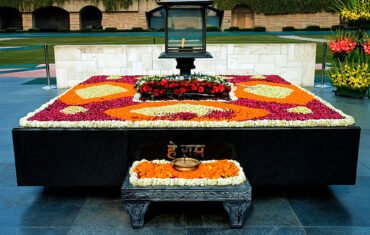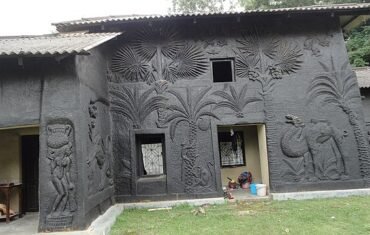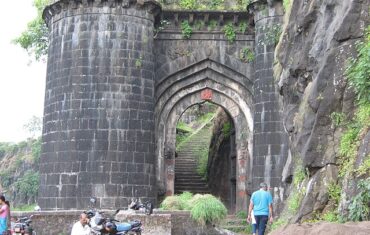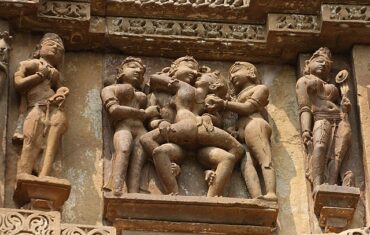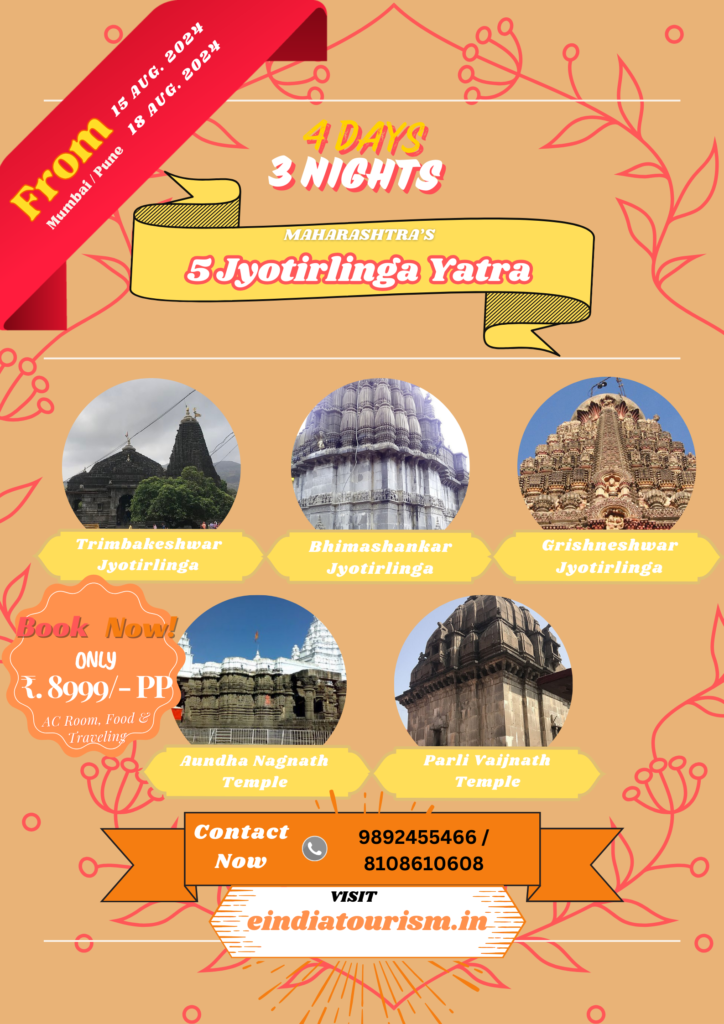Vijaya Vitthala Temple is one of the most magnificent and exquisite temples in Hampi, Karnataka, India. It is a masterpiece of Vijayanagara architecture and a testimony of the artistic and engineering skills of the ancient craftsmen. The temple is dedicated to Lord Vitthala, an incarnation of Lord Vishnu, the preserver and protector of the Hindu trinity. One Day Hampi Sightseeing Trip – Visit Famous UNESCO Site
The temple is famous for its musical pillars, stone chariot, ornate halls, and intricate carvings. The temple is part of the Group of Monuments at Hampi, which is a UNESCO World Heritage Site. The temple is a must-visit destination for anyone who wants to witness the glory and grandeur of Hampi. Virupaksha Temple: A Sacred and Majestic Monument in Hampi
Table of Contents
Overview of Vijaya Vitthala Temple

Vijaya Vitthala Temple was built in the 15th century during the reign of King Devaraya II, one of the rulers of the Vijayanagara Empire. The temple was later expanded and enhanced by King Krishnadevaraya, the most renowned ruler of the empire, in the 16th century. The temple was constructed as a tribute to Lord Vitthala, who is believed to have visited Hampi and blessed the king and his subjects. The temple was also a center of cultural and religious activities and hosted various festivals and ceremonies.
The temple complex covers a large area and consists of several structures, such as the main shrine, three gateways, a pillared hall, an open hall, a marriage hall, a festival hall, a chariot shrine, and several smaller shrines. The temple complex is surrounded by high walls and has three entrances: the eastern, northern, and southern gateways. The eastern gateway is the main entrance and has a nine-tiered tower that is 50 meters high. The northern gateway leads to the Tungabhadra river and has a five-tiered tower. The southern gateway is smaller and simpler than the other two.
The temple complex has many architectural marvels that showcase the brilliance and creativity of the Vijayanagara artisans. The most remarkable among them are:
- The musical pillars: The musical pillars are located in the large hall or Maha Mantapa of the temple. There are 56 pillars in total, each producing a different musical note when tapped gently. The pillars are carved with various musical instruments, such as drums, flutes, veenas, etc. The musical pillars are also known as Sangeeta Mantapa or Sa Re Ga Ma pillars.
- The stone chariot: The stone chariot is located in front of the Maha Mantapa and is one of the most iconic structures of Hampi. It is a replica of a wooden chariot that was used to carry the idol of Lord Vitthala during processions. The stone chariot is made of granite and has four wheels that can rotate. The chariot is adorned with carvings of elephants, horses, lions, and mythical creatures. The chariot also has a small shrine inside it that contains an image of Garuda, the vehicle of Lord Vishnu.
- The ornate halls: The temple complex has several halls that are decorated with elaborate carvings and paintings. Some of the notable halls are:
- Ranga Mantapa: This is an open hall that has 40 pillars and a raised platform in the center. The hall was used for cultural performances and religious ceremonies. The hall has carvings of dancers, musicians, gods, goddesses, animals, birds, etc.
- Kalyana Mantapa: This is a closed hall that has four towers at its corners. The hall was used for celebrating the marriage of Lord Vitthala and Goddess Rukmini. The hall has carvings of scenes from their wedding ceremony.
- Utsava Mantapa: This is a small hall that has eight pillars and a dome-shaped roof. The hall was used for storing the idols of Lord Vitthala and Goddess Rukmini during festivals. The hall has carvings of floral motifs and geometric patterns.
Timing of Vijaya Vitthala Temple

The temple is open for visitors from 8:30 AM to 5:00 PM on all days of the week. There is no entry fee for visiting the temple. However, visitors need to pay Rs. 20 per person for using battery-operated vehicles or buggies that transport them from the parking area to the temple complex. Alternatively, visitors can walk or cycle to the temple complex from the parking area.
Rituals in Vijaya Vitthala Temple
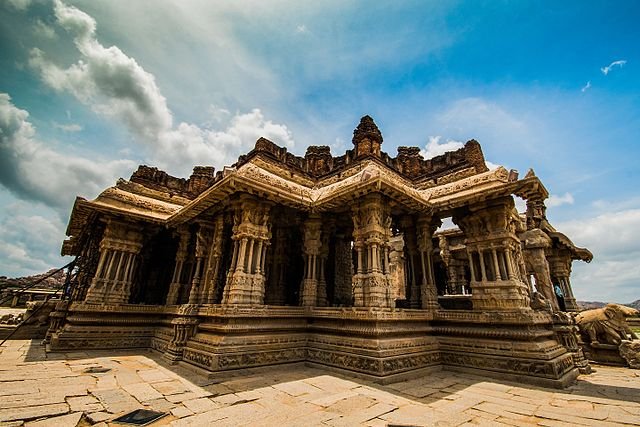
The temple follows the Vaishnava tradition of worship and performs various rituals throughout the day. Some of the main rituals are:
- Suprabhata Seva: This is the first ritual of the day that starts at 6:00 AM. It involves waking up the deity with hymns and music.
- Shringara Seva: This is the second ritual of the day that starts at 9:00 AM. It involves adorning the deity with ornaments and flowers.
- Maha Mangala Aarti: This is the third ritual of the day that starts at 12:00 PM. It involves offering a grand aarti to the deity with lamps and incense.
- Pradosha Seva: This is the fourth ritual of the day that starts at 6:00 PM. It involves performing a special pooja to the deity during the twilight hour.
- Ekanta Seva: This is the last ritual of the day that starts at 9:00 PM. It involves putting the deity to sleep with lullabies and music.
Apart from these rituals, there are also other special rituals that are performed on auspicious days, such as Ekadashi, Purnima, Amavasya, etc.
Things to Do / Must See in Vijaya Vitthala Temple

There are many things to do and see in and around Vijaya Vitthala Temple that will make your visit memorable. Some of them are:
- Witnessing the musical pillars: The musical pillars are one of the most fascinating and unique features of the temple. You can listen to the melodious sounds of various musical instruments by tapping the pillars gently. You can also watch a demonstration of the musical pillars by a guide or a local musician.
- Admiring the stone chariot: The stone chariot is one of the most impressive and iconic structures of Hampi. You can marvel at the intricate carvings and details of the chariot and take pictures with it. You can also climb up to the shrine inside the chariot and seek blessings from Garuda.
- Exploring the ornate halls: The temple complex has several halls that are decorated with elaborate carvings and paintings. You can explore each hall and appreciate the artistry and craftsmanship of the Vijayanagara artisans. You can also learn about the history and significance of each hall from a guide or an information board.
- Enjoying the scenic beauty of Hampi: The temple complex is surrounded by hills, boulders, rivers, and greenery. You can enjoy the serene and tranquil atmosphere of Hampi and admire its natural beauty. You can also spot various birds and animals in the vicinity of the temple.
- Shopping for souvenirs, handicrafts, jewelry, etc.: You can shop for various items related to Hampi’s culture and history in the nearby markets or stalls. You can buy souvenirs, handicrafts, jewelry, paintings, books, etc. that will remind you of your visit to Hampi.
Significance of Vijaya Vitthala Temple

Vijaya Vitthala Temple is not only a historical and architectural marvel but also a spiritual and cultural hub. The temple has a great significance for Hindus as it is one of the most sacred and revered temples of Lord Vishnu. The temple is also associated with many legends and stories that reveal the divine power and grace of Lord Vitthala. Some of the significance of the temple are:
- Vijaya Vitthala Temple is believed to be the place where Lord Vitthala visited Hampi and blessed King Devaraya II and his subjects. The king was a devotee of Lord Vitthala and had built a magnificent temple for him. Lord Vitthala was pleased with his devotion and granted him prosperity and victory over his enemies.
- Vijaya Vitthala Temple is also believed to be the place where Lord Vitthala performed his cosmic dance, known as Tandava, which symbolizes the creation, preservation, and destruction of the universe. Lord Vitthala’s dance is accompanied by his consort Rukmini, who performs her dance, known as Lasya, which symbolizes beauty, grace, and harmony. The temple depicts this event in various sculptures and paintings that adorn the temple walls and ceilings.
- Vijaya Vitthala Temple is also believed to be the place where Lord Vitthala played his flute, which enchanted everyone who heard it. Lord Vitthala’s flute is said to have magical powers that can heal, soothe, and inspire anyone who listens to it. The temple has carvings of Lord Vitthala playing his flute along with his cowherd friends.
FAQ’s
Q: How to reach Vijaya Vitthala Temple?
A: Vijaya Vitthala Temple is located in Hampi, which is about 350 km from Bangalore, the capital city of Karnataka. You can reach Hampi by road, rail, or air. By road, you can take a bus or a taxi from Bangalore or other nearby cities. By rail, you can take a train to Hospet, which is about 13 km from Hampi. By air, you can take a flight to Hubli or Belgaum, which are about 150 km and 200 km from Hampi respectively.
Q: What is the best time to visit Vijaya Vitthala Temple?
A: The best time to visit Vijaya Vitthala Temple is from October to March, when the weather is pleasant and comfortable. You can also visit during the festivals of Purandara Dasa Aradhana and Vittala Pindi, which are celebrated with great pomp and fervor. Purandara Dasa Aradhana is a musical festival that honors the saint and composer Purandara Dasa, who was a devotee of Lord Vitthala. Vittala Pindi is a festival that marks the birthday of Lord Vitthala and involves a grand procession of his idol on the stone chariot.
Q: What are the other attractions near Vijaya Vitthala Temple?
A: There are many other attractions near Vijaya Vitthala Temple that you can explore, such as King’s Balance, Purandara Mantapa, Anegondi Fort, Anjanadri Hill, Sanapur Lake, etc. King’s Balance is a stone beam that was used to weigh the king and his queen against gold and jewels that were distributed to the poor. Purandara Mantapa is a small shrine that was used by Purandara Dasa to sing and compose his devotional songs. Anegondi Fort is an ancient fort that was the original capital of the Vijayanagara Empire before Hampi. Anjanadri Hill is a hill that is believed to be the birthplace of Lord Hanuman, the monkey god and devotee of Lord Rama. Sanapur Lake is a beautiful lake that offers boating and coracle rides.
Conclusion
Vijaya Vitthala Temple is a stunning architectural marvel that showcases the glory and grandeur of Hampi. The temple is a masterpiece of Vijayanagara architecture and a testimony of the artistic and engineering skills of the ancient craftsmen. The temple is famous for its musical pillars, stone chariot, ornate halls, and intricate carvings. The temple is also a spiritual and cultural hub that attracts pilgrims and tourists from all over the world.
The temple offers a mesmerizing sight of its majestic towers, exquisite carvings, splendid paintings, and sacred rituals. The temple also provides a peaceful and spiritual ambiance that fills your heart with devotion and joy. Vijaya Vitthala Temple is a place where you can witness the divine presence of Lord Vitthala and his blessings for humanity.


